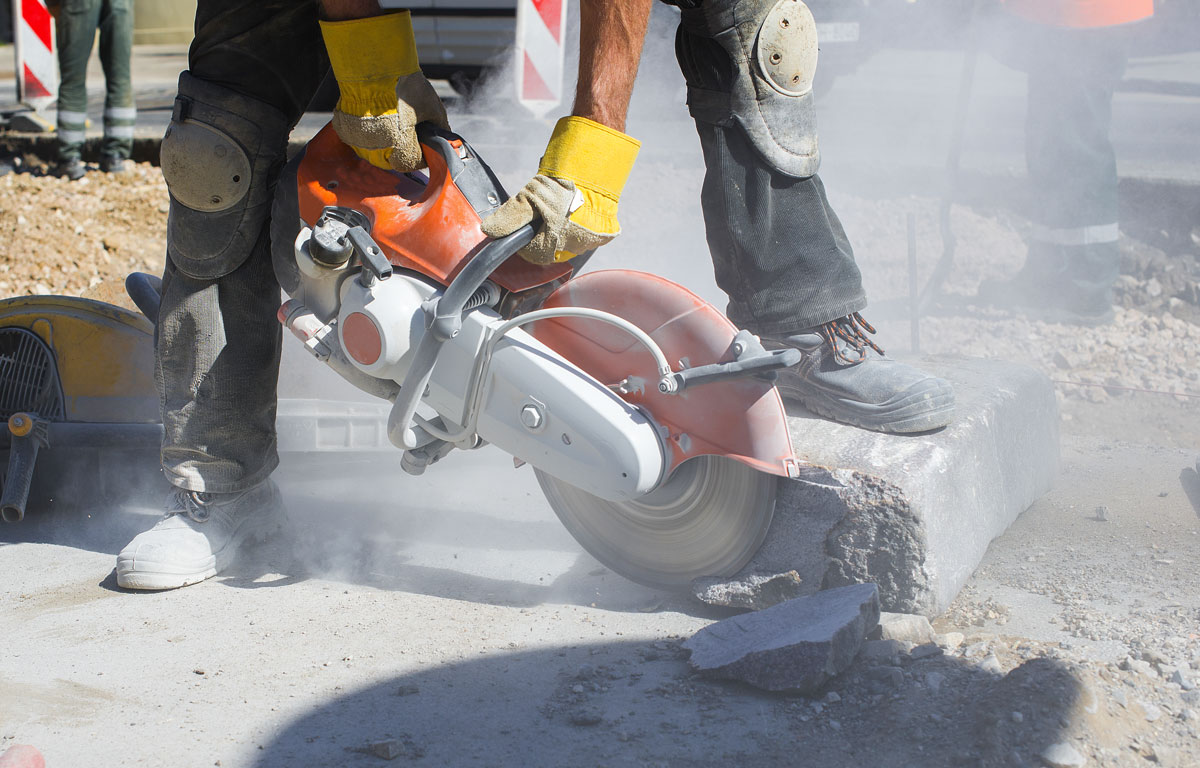The bar for affordability of a pump for joint filling just dropped. Just because your projects are smaller, working on your hands and knees to fill floor joints shouldn’t be your only option.
Check out this updated article explaining how much more affordable pumping joint filler is now. The article is the same. But, the numbers are crazy low.
So, you’re comfortable filling floor joints on the average job. It’s easy. Just get some cartridges and start pumping. But now you’re looking at a larger project and there are far more joints to be filled than your average job. You’re adding up the cost of the cartridges you’ll need on this one and it’s a big number. Plus, you’ll need more people to install it 20 ounces at a time.
You know that these materials are available in bulk units. But you’d need a pump and you’re not sure you’d have another need to use it again any time soon. Seems like a like a bad investment for just one job. Let’s take a look at the math for a clearer picture.
Example: Assume you have a 6” thick slab and have 3500lf of 1/8” saw cut joints. The depth of the cut is 25% or 1.5”. The average coverage for this joint is 100 lineal feet per gallon.
Cartridge Option:
Cartridges contain 22 ounces each. That means you’ll need 204 cartridges to fill these joints. Approximately $9,243.00. This would be slow going and labor intensive. Lots of hand and knee work. Need one person shaving for every 2 squeezing.
Bulk Option:
10 gallon units are $580.00/ea. You’ll need 3.5 of these. $2,030.00. (Saving $7,200 in materials.) This mini bulk pump would cost you $2,900. Total cost with pump is $4,930. Faster, continuous filling and needs fewer people. (Don’t forget to consider the labor savings too!)
Labor Saving?
First, let’s take a look at the amount of time it takes to apply the joint filler manually. One person filling joints with a manual cartridge applicator gun can fill around 16 lineal feet per minute. That means they have to squeeze the handle and then swap to a new cartridge that has been made ready to apply by another person. So, in theory, two people can perform a continuous filling operation that would fill 16 lineal feet per minute.
With a pump, two people could fill that same joint at a rate of 60 lineal feet per minute. One person operates and moves the pump while another keeps the pump hoppers full. That’s the same labor costs to complete nearly 4 times the work. Not to mention, no one has to work bent over or on their hands and knees.
| Method | Time to fill 100lf of joint | # of people | Labor Rate | Labor cost per 100lf of joint |
|---|---|---|---|---|
| Manual | 0.26 hours | 2 | $35.00/hr | $18.20/lf |
| Pump | 0.03 hours | 2 | $35.00/hr | $2.10/lf |
Now that you own a pump, you’ll be able to see lower material costs on every job regardless of the size.
Check out the summary in the chart below
Comparison for manual vs pump application of joint filler in 3500lf of 1/8”x1 ½”deep sawed joints
| Method | Material cost per LF | Cost savings on material | Labor cost per LF | Cost savings on labor | Total cost savings after pump purchase |
|---|---|---|---|---|---|
| Manual | $2.64 | $0.18 | |||
| Pump | $0.62 | $7,200 | $0.02 | $560 | $4,860 |
*assumes $35/hr labor rate





Share this: